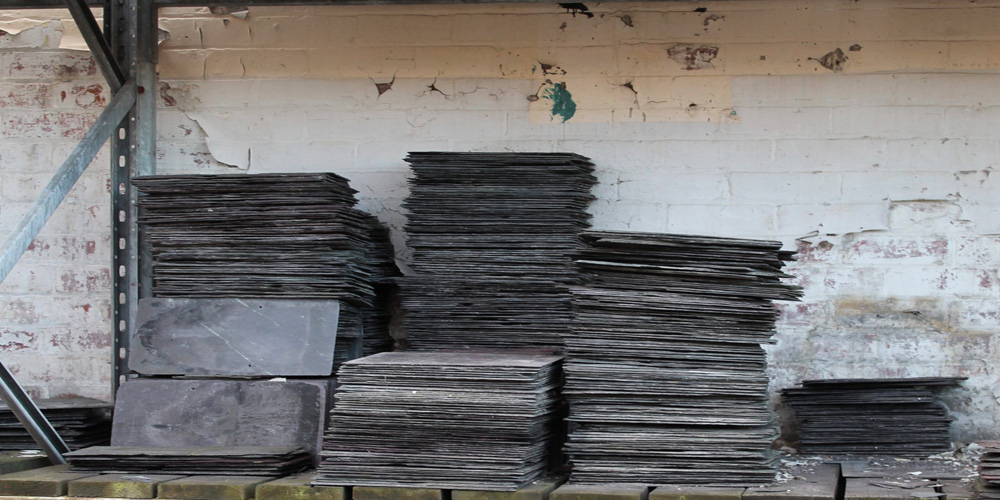Salvage & Reclamation Yards: An Exploration
Salvage and reclamation yards, also known as junkyards, salvage yards, or wrecking yards, play a critical role in the lifecycle of materials and machinery. They serve as the final resting place for end-of-life vehicles, machinery, and other large equipment, providing a source for recycling, repurposing, and the reintroduction of parts into various industries.
These yards are a testament to human ingenuity in finding value in what many might consider waste, and they contribute significantly to environmental sustainability by reducing the demand for new raw materials and minimizing landfill use.
Historical Context
The concept of salvage and reclamation is not new. It dates back to ancient civilizations where scrap metals were melted down and reused. However, the organized industry as we know it began to take shape in the late 19th and early 20th centuries with the advent of mass production and the rapid expansion of the automotive industry. The increase in production meant a corresponding increase in waste, which necessitated more structured methods of dealing with obsolete and end-of-life products.
The Evolution of Salvage Yards
Early Beginnings
Initially, salvage yards were rudimentary, often little more than large plots of land where discarded items were dumped. The focus was primarily on metals, which could be easily melted down and repurposed. These early yards were often chaotic, with little organization or safety protocols in place.
Industrial Revolution and Beyond
The Industrial Revolution brought about significant changes. As industries grew, so did the scale of waste. Salvage yards began to specialize, focusing on specific types of scrap, such as automotive, industrial machinery, and even household appliances. The rise of the automobile industry in particular led to a boom in automotive salvage yards.
Modern Salvage Yards
Today’s salvage yards are sophisticated operations. They employ advanced technology for sorting, dismantling, and processing materials. Environmental regulations have also played a significant role in shaping modern salvage yards, ensuring that operations are safe and sustainable.
Types of Salvage Yards
Automotive Salvage Yards
Automotive salvage yards are perhaps the most well-known type. They deal primarily with end-of-life vehicles, offering a range of services from selling used parts to recycling metal and other materials.
Operations
Vehicle Acquisition: Vehicles are acquired through various means, including auctions, insurance companies, and direct purchase from individuals.
Dismantling: Vehicles are dismantled, and usable parts are cataloged and stored for resale.
Recycling: Non-usable parts and materials are sorted and sent for recycling.
Environmental Impact
Automotive salvage yards play a critical role in reducing the environmental impact of end-of-life vehicles. They ensure that hazardous materials, such as oil and batteries, are disposed of properly and that valuable materials are recycled.
Industrial Salvage Yards
Industrial salvage yards handle large machinery and industrial equipment. This can include anything from factory machinery to construction equipment.
Operations
Acquisition: Similar to automotive yards, industrial salvage yards acquire equipment through auctions, direct purchases, and other means.
Dismantling and Recycling: Equipment is dismantled, with valuable parts salvaged and the rest sent for recycling.
Challenges
Industrial salvage yards often deal with large and complex machinery, which can be challenging to dismantle and recycle. They also have to deal with various types of hazardous materials.
Electronic Salvage Yards
Electronic salvage yards specialize in electronic waste, such as computers, televisions, and other electronic devices.
Operations
E-Waste Collection: Electronic devices are collected from various sources, including individuals, businesses, and recycling programs.
Processing: Devices are dismantled, with valuable materials such as metals and plastics recovered and hazardous materials disposed of safely.
Importance
With the rapid pace of technological advancement, electronic salvage yards are increasingly important. They help to mitigate the environmental impact of electronic waste, which can be particularly harmful if not handled properly.
Building Material Salvage Yards
Building material salvage yards focus on reclaiming materials from demolished or renovated buildings.
Operations
Material Acquisition: Materials are acquired from demolition sites, construction projects, and donations.
Processing and Resale: Usable materials are cleaned, repaired if necessary, and resold.
Benefits
Building material salvage yards promote sustainability in the construction industry by providing an alternative to new materials. They also offer unique and often historical materials that are not available in modern construction.
The Process of Salvage and Reclamation
Acquisition
The first step in the salvage and reclamation process is the acquisition of materials. This can come from a variety of sources, including:
Individuals: People may sell or donate items to salvage yards.
Businesses: Companies often offload obsolete or surplus equipment.
Insurance Companies: Vehicles and equipment that are written off by insurance companies often end up in salvage yards.
Government: Public sector entities may also contribute to salvage yards, particularly with large infrastructure projects.
Dismantling
Once materials are acquired, they need to be dismantled. This process involves:
Manual Dismantling: Skilled workers manually dismantle items, carefully extracting valuable components.
Mechanical Dismantling: Heavy machinery is used to break down larger items.
Sorting and Cataloging
After dismantling, materials and parts are sorted and cataloged. This ensures that everything is organized and easily accessible for resale or recycling. Modern salvage yards often use computerized inventory systems to manage this process.
Recycling
Materials that cannot be resold are sent for recycling. This can include:
Metals: Metals are melted down and reprocessed.
Plastics: Plastics are shredded and reused in manufacturing.
Glass: Glass is crushed and reused in various applications.
Resale
Usable parts and materials are cleaned, tested, and prepared for resale. This can be done through:
On-Site Sales: Many salvage yards have on-site stores where customers can purchase items.
Online Sales: Increasingly, salvage yards are turning to online platforms to sell their products.
Environmental and Economic Impact
Environmental Benefits
Salvage and reclamation yards play a crucial role in promoting environmental sustainability. They help to:
Reduce Waste: By reclaiming and reusing materials, they reduce the amount of waste that ends up in landfills.
Conserve Resources: Recycling materials reduces the need for new raw materials, conserving natural resources.
Lower Emissions: Recycling often requires less energy than producing new materials, leading to lower greenhouse gas emissions.
Economic Benefits
Salvage yards also have significant economic benefits:
Job Creation: They provide jobs in dismantling, processing, sales, and administration.
Affordable Goods: They offer affordable parts and materials, benefiting consumers and businesses.
Support for Local Economies: Salvage yards often support local economies by providing materials and parts to local businesses and consumers.
Challenges and Future Trends
Challenges
Despite their benefits, salvage and reclamation yards face several challenges:
Regulation Compliance: Ensuring compliance with environmental and safety regulations can be complex and costly.
Technological Advances: Keeping up with advancements in materials and technology requires continuous investment.
Market Fluctuations: The value of salvaged materials can fluctuate, affecting profitability.
Future Trends
The future of salvage and reclamation yards is likely to be shaped by several trends:
Increased Automation: Automation can improve efficiency and safety in dismantling and processing.
Enhanced Recycling Technologies: Advances in recycling technology can increase the range of materials that can be reclaimed.
Circular Economy: The move towards a circular economy, where products are designed for reuse and recycling, will likely increase the importance of salvage yards.
Visiting Your Salvage and Reclamation Yard
Salvage and reclamation yards are an essential part of our industrial ecosystem. They provide a valuable service by reclaiming and recycling materials, reducing waste, and promoting sustainability. Despite facing several challenges, the future looks promising, with advancements in technology and a growing emphasis on sustainability likely to drive continued growth and innovation in the industry. These yards stand as a testament to the adage that one person’s trash is indeed another’s treasure.






